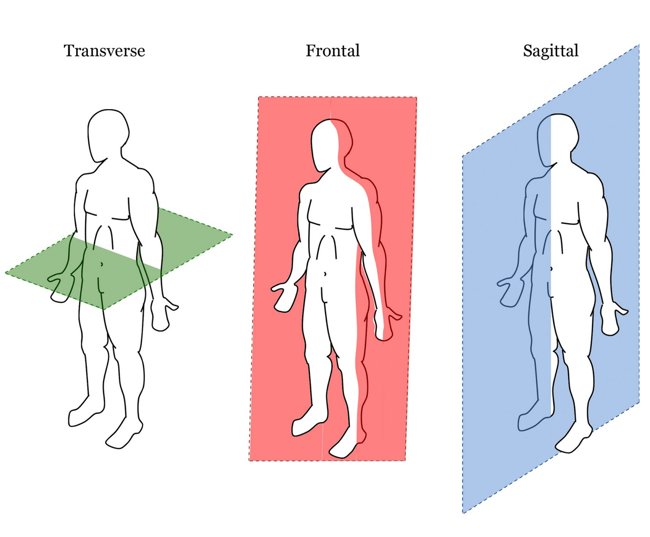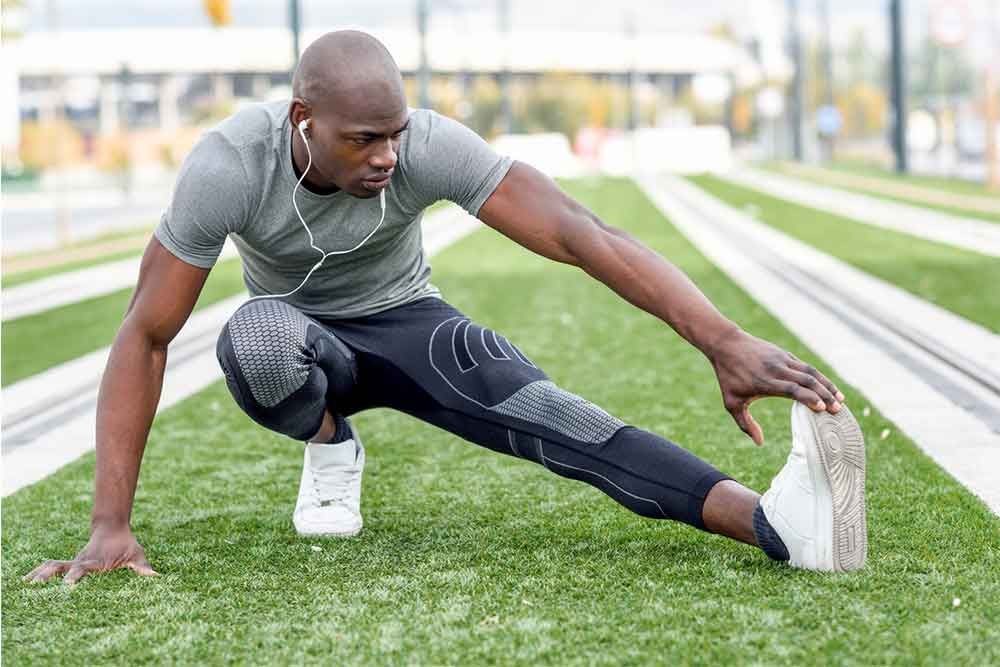The year of 2023...
As the year draws to a close it is a fantastic opportunity to look back on the year that has been, a time to reflect on the challenges and honour the wins.
As we reflect, we celebrate both professional and personal successes. We had team members purchase houses, celebrated engagements, and some welcomed new additions to their family, whether that be a baby or a pet. Professionally, we continued learning and growing enabling Absolute Balance to expand our physical and metaphorical footprints. We are proud of our achievements this year. We have welcomed Ingrid Hand our new CEO as well as Regional Managers and Team Leaders into the fold to support our ever-growing teams located in the Perth Metropolitan area, the Southwest of Western Australia and across in New South Wales and Queensland. I would like to take this opportunity to thank our team for their tireless work in achieving some great projects this year.
- Our CRM that we call GUS continues to evolve for better patient care,
- Our premises that brings the team together weekly for professional training and development as well as the opportunity for the team to have fun and to connect.
- We had the opportunity to showcase the Exercise Physiology industry to engaging stakeholders through several industry specific educational events.
- We remain dedicated to supporting worthy charities through our team’s participation in community-based events. Specifically, this year, we maintained our commitment to the Smith Family and their commendable efforts in providing opportunities for underprivileged children to fully engage in their education.
On a final note, I wish to thank our clients and partners. Your support has helped Absolute Balance reach our yearly objectives and we look forward to working together in the future to achieve the best outcomes for you. But for now, from the team at Absolute Balance Exercise Physiology Group, we trust you have an enjoyable Festive Season, enjoy the time off to reset, recharge and ignite for what next year has ahead for you.
We wish you a safe holiday period and a bright return in 2024.
Derek Knox
Director/Founder (AEP, ESSAM)




